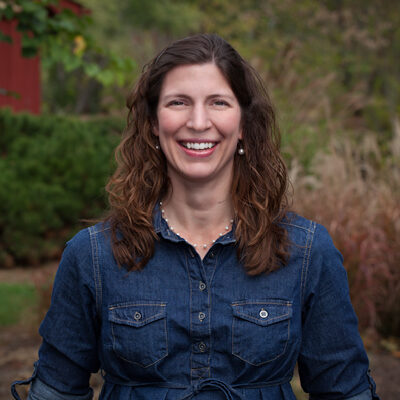Air quality Sampling / Volatilization
From site selection to reporting, we're
Studying impacts on our atmosphere
Our team of experts at Waterborne has developed studies to assess the potential impact of the application, volatilization and subsequent degradation of products through the atmosphere.

Do you have questions about our Field studies work?
Contact Waterborne's Global Field Studies lead, Jennifer Trask, at traskj@waterborne-env.com.
Chamber Workforce Programs
Our Air Quality Sampling / Volatization Work
As concerns with climate change continue to grow, Waterborne has expanded our field volatility and air monitoring services. In 2021, we announced the acquisition of Paragon Research Service’s volatility monitoring equipment and standard operating procedures. To further enhance our capabilities, Paragon’s founder and expert volatility specialist, Aaron Rotondaro has joined Waterborne’s team as a Senior Advisor. With the addition of the field volatility monitoring capabilities in-house, this enhances Waterborne’s expertise to handle a variety of unique and logistical challenges for these types of studies including:
- Site Selection: Consideration of plot size, type of vegetation, proximity to non-target plants, and obstructions.
- Study Design: Ensuring sufficient data collection for calculation of flux rate, comparison of product formulations, or including field volatility experimentation in conjunction with a dissipation or non-target plant effect study.
- Instrumentation: Precise measurement of air temperature and wind speed at various heights, and air sample collection.
- Results and Reporting: Our team is experienced with the complex flux determination using various established methodologies. We also provide technical writing expertise for efficient presentation of the study methods and results.
Additionally, we are able to use this expertise to advance modeling of volatile chemicals from soil and water, near-field and long-distance air dispersion for human, endangered species, and pollinator risk assessments.



